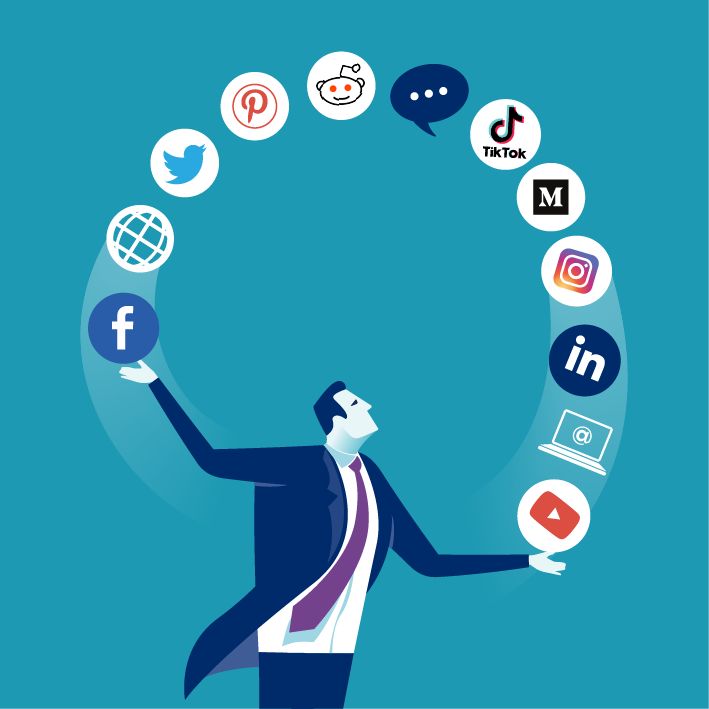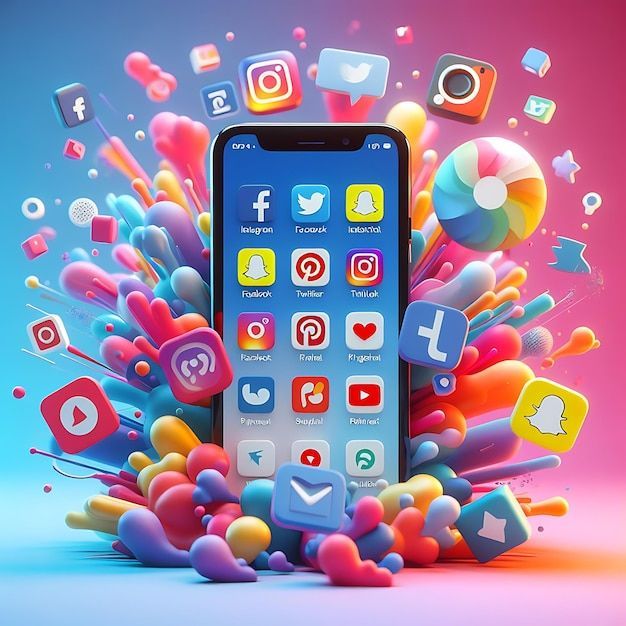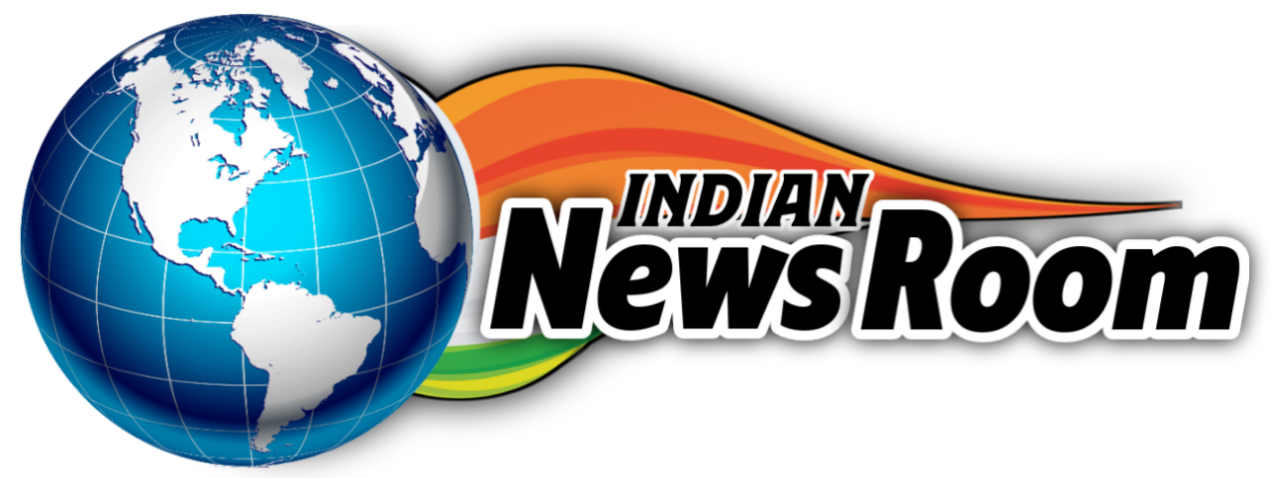
Here Are Some Negative Points On Social Media Platforms
Social media has become an inseparable part of modern life. Billions of people use platforms like Facebook, Instagram, Twitter, TikTok, and Snapchat every day to connect, share, and stay informed. Yet behind the glossy filters and viral videos lies a darker side. It’s essential to understand the negative impacts social media platforms can have on individuals and society as a whole. This post explores some of the most important points about the negative ways social media affects us.
Some Negative Points On Social Media Platforms
1. Mental Health Challenges :
One of the most widely discussed drawbacks of social media is its effect on mental health. Numerous studies link heavy social media use to increased rates of anxiety, depression, and loneliness.
Social media feeds often present a carefully curated, idealized version of life. Users compare themselves to influencers or friends who seem happier, richer, or more attractive, leading to feelings of inadequacy. The endless cycle of likes and comments can also create addiction-like behaviors, where users chase validation and suffer when engagement drops.
Teenagers and young adults are especially vulnerable. Constant exposure to negative news, cyberbullying, and social comparison can contribute to serious emotional distress.
2. Cyberbullying and Online Harassment :
Unlike traditional bullying, cyberbullying follows people everywhere—through their phones, tablets, and computers. Social media platforms can become breeding grounds for harassment, threats, and public shaming.
Victims may experience relentless insults, doxxing (having private information exposed), or coordinated attacks from strangers or peers. Such harassment can have devastating psychological effects, pushing some victims to withdraw socially, drop out of school, or even contemplate suicide.
While many platforms have reporting systems, they’re often slow or ineffective at stopping determined harassers.

3. Spread of Misinformation and Fake News :
Social media enables information to travel rapidly—but that includes falsehoods and conspiracy theories. Because these platforms reward content that grabs attention, sensational and misleading posts often go viral more quickly than measured, factual reporting.
Fake news can influence elections, undermine trust in institutions, and promote harmful health practices. During crises—like pandemics—misinformation can spread fear, encourage dangerous remedies, or sow doubt about expert guidance.
Efforts to combat this problem, such as fact-checking and flagging false content, have had limited success in curbing the overall spread of misinformation.
4. Privacy Concerns and Data Exploitation :
Social media companies collect enormous amounts of personal data—from interests and location to private messages and browsing history. This data is often used to target users with ads, manipulate behavior, or sold to third parties.
High-profile scandals, like the Cambridge Analytica case, have shown how social media data can be used to sway elections or influence opinions without users’ knowledge or consent. Even with updated privacy policies, many users have little real control over how their data is used.
Additionally, personal posts can live forever online, even if deleted. Employers, schools, or malicious actors can potentially uncover old, embarrassing, or compromising content.
5. Addiction and Time Wasting :
Social media is intentionally designed to be addictive. Features like infinite scrolling, autoplay videos, and notification alerts create a feedback loop that keeps users engaged for hours.
This addiction can interfere with work, school, relationships, and sleep. People may neglect real-life interactions in favor of online engagement. Even when users recognize the wasted time, they often struggle to cut back because the platforms are engineered to keep them hooked.
6. Polarization and Echo Chambers :
Many social media platforms show users content that aligns with their existing beliefs, reinforcing opinions and filtering out opposing views. This creates echo chambers where people only see information that confirms their biases.
Such bubbles can deepen divisions within society, making civil debate harder and fostering extremism. Algorithms that prioritize engagement often amplify the most sensational or divisive content, increasing hostility between groups.

7. Impact on Self-Esteem and Body Image :
Image-focused platforms like Instagram and TikTok can promote unrealistic beauty standards through filters, editing tools, and influencer culture. Users may feel pressure to look perfect, leading to low self-esteem, disordered eating, or body dysmorphia.
Even users who know these images are manipulated can find it hard not to compare themselves unfavorably. This effect is especially harmful among teenagers, who are still developing their identities and self-worth.
8. Commercialization and Consumerism :
Social media is full of ads, influencer marketing, and sponsored content. Users are constantly targeted with personalized advertising designed to make them buy more. This relentless commercialization can fuel materialism and unrealistic expectations.
Young users, in particular, may idolize influencers who flaunt luxury lifestyles that are unattainable for most people, creating envy and dissatisfaction with their own lives.
9. Erosion of Real-Life Communication Skills
Heavy social media use can reduce the time people spend developing face-to-face communication skills. Users may become more comfortable texting or commenting than having real conversations.
Some worry this shift weakens empathy and the ability to read social cues. In-person interactions often have nuance and emotional depth that online exchanges lack.
Conclusion :
While social media platforms offer many benefits—connection, entertainment, education—they also pose significant risks that deserve serious attention. From mental health challenges and privacy violations to the spread of misinformation and polarization, the negative impacts are real and far-reaching.
It’s crucial for users to be aware of these downsides, practice healthy habits, and demand greater accountability from tech companies. Governments, educators, parents, and individuals all have roles to play in ensuring social media serves us, rather than harms us. By understanding these negative ways, we can work toward a healthier, more balanced relationship with the digital world.




